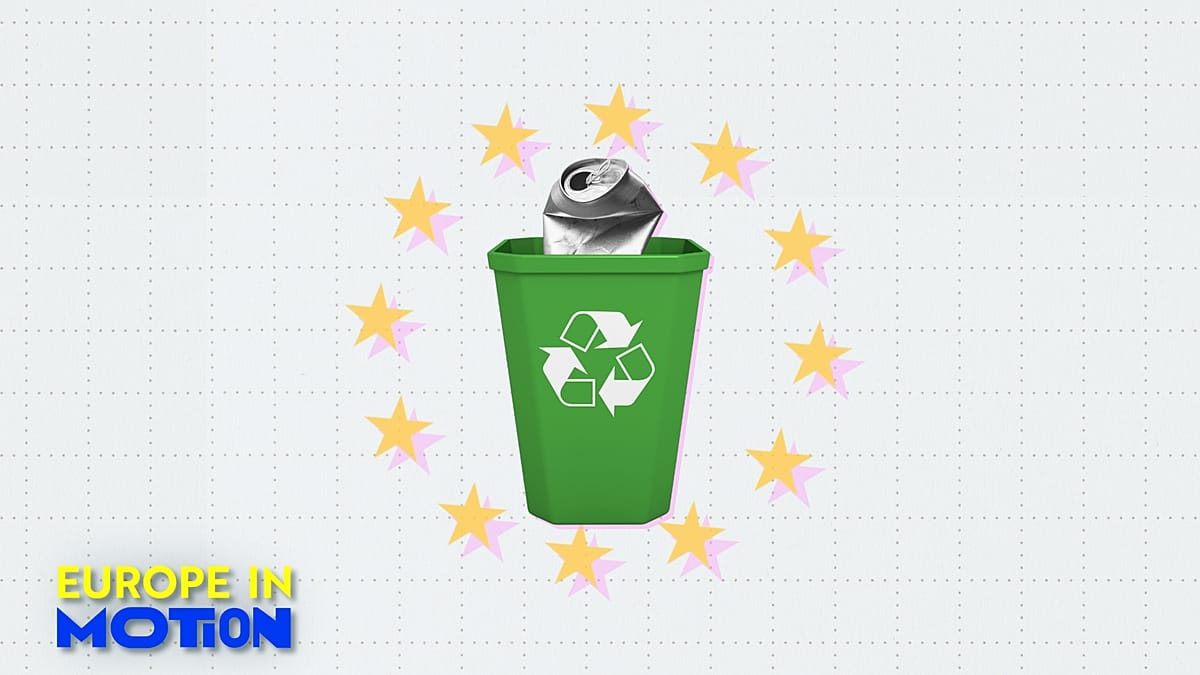Over the past decade, progress in materials recycling across the European Union has been unremarkable.
According to the latest data from Eurostat, between 2015 and 2024, recycling rates in the region increased by just one percentage point, from 11.2% to 12.2%.
The Netherlands stands out when it comes to avoiding the extraction of new raw materials, with a share of nearly 33%.
Neighboring Belgium came in second place with 22.7%, followed by Italy in third place with almost 22%.
At the bottom of the table with the lowest recycling rate is Romania at just 1.3%, followed by Finland and Ireland at 2%.
of EU circular economy plan has set a target of a material recycling rate of 23.2% by 2030.
“Circularity is an essential part of the broader transformation of industry towards climate neutrality and long-term competitiveness,” EU officials said. “Significant material savings can be achieved throughout the value chain and production process, creating additional value and economic opportunities.”
However, given the low growth rates of the past decade, that goal now appears to be out of reach.
“The amount of primary materials used is greater than that of secondary materials, which prevents improvement in appropriate circularity.” zero wasteLauriann Veillard, head of chemical recycling, told Europe in Motion.
“Although in (absolute) numbers we are recycling more tonnes, the rate of output is not very good because of the rapid increase in production, remaining at 1% over the past 10 years,” she said.
On Wednesday, the EU’s industrial strategy chief Stéphane Séjournet said recycling would be crucial to reducing the EU’s dependence on imports of critical raw materials from China.
Recycling rates have declined in six countries over the past decade, most notably in Poland (-4.2%) and Finland (-3.2%).
Other declines, albeit more modest, were seen in France (-1.3%), Spain (-0.2%), Ireland (-0.1%), and Romania (0.4%).
Malta, on the other hand, saw a significant increase in recycled materials by 14%. Estonia is also doing very well, with an increase of 9% since 2014, followed by the Czech Republic with almost 8%.
Looking at the different types of materials that are recycled, metal ores have the highest recycling rate at 23.4%, followed by non-metallic minerals at 14.3%.
Next is biomass at 9.9% and fossil energy materials or carriers at 3.8%.








